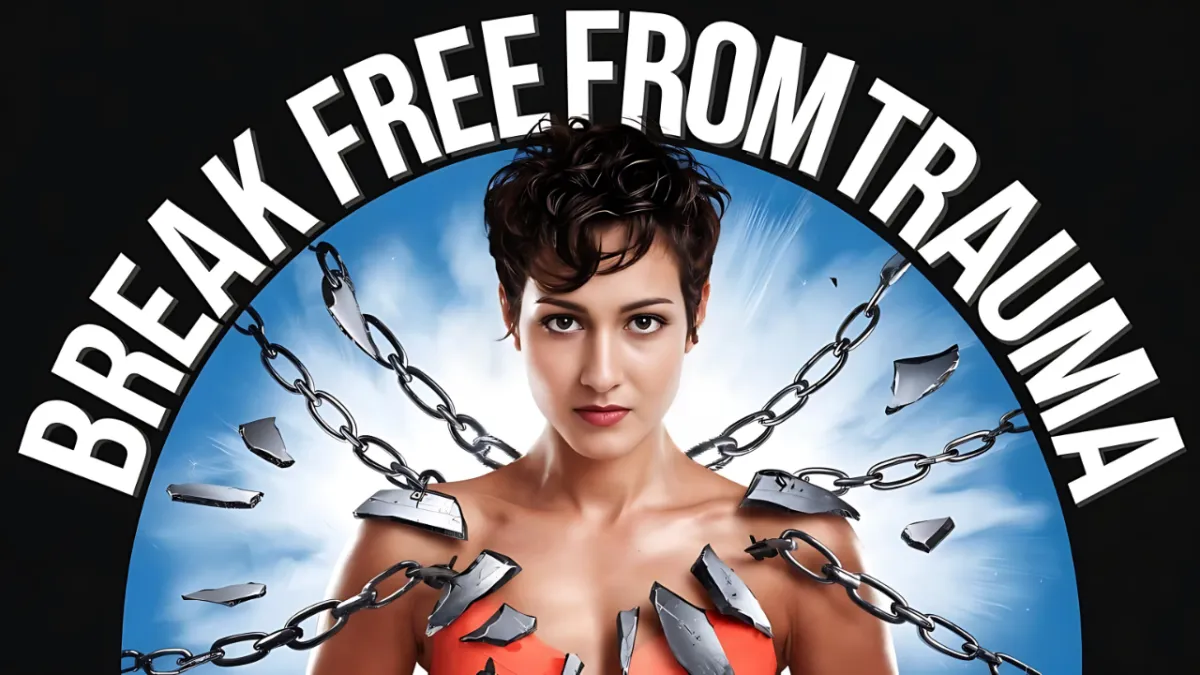
A Journey Healing From Workplace Trauma
Trauma can leave us feeling stuck in cycles of fear, anxiety, and helplessness. If you're here, you might be navigating something similar—a lingering weight that just doesn’t seem to lift, no matter how much time passes. I want to share my story not as a solution, but as a source of hope and practical guidance for anyone dealing with PTSD or emotional triggers.
"a year later, I was still grappling with intense symptoms: sudden heart-pounding triggers, sleepless nights and recurring memories that wouldn't let go."
Four years ago, I left a work environment that had a devastating impact on my mental health. I thought leaving that toxic space would be enough to heal, but a year later, I was still grappling with intense symptoms: sudden heart-pounding triggers, sleepless nights, and recurring memories that wouldn't let go. At the time, I didn’t even recognise these symptoms as signs of PTSD—I simply knew something was wrong.
What PTSD Feels Like
PTSD, or post-traumatic stress disorder, can show up in subtle yet overwhelming ways. For me, everyday experiences like checking LinkedIn, seeing certain people, or even being alone with my thoughts triggered waves of anxiety. My nervous system felt like it was on high alert, stuck in an endless loop of rumination and reactivity.
"My nervous system felt like it was on high alert, stuck in an endless loop of rumination and reactivity."
If this sounds familiar, you’re not alone. And more importantly, you’re not broken. What I learned is that PTSD is often a survival mechanism—your body’s way of protecting you from danger that it perceives as still present. The good news? You can retrain your nervous system to return to a place of calm and safety.
Understanding and Healing the Nervous System
The turning point in my journey was realising that my nervous system, not just my thoughts, needed attention. Through research, therapy, and trial and error, I discovered tools that helped me regulate my body and mind. Here are a few techniques that made the biggest difference:
Nature and Peripheral Vision
Trauma narrows our focus, locking us into a hypervigilant state. By intentionally broadening your focus—like scanning your surroundings on a nature walk—you can signal to your body that you’re safe. This simple practice helped me interrupt the cycles of panic and rumination.EMDR Therapy
Eye Movement Desensitisation and Reprocessing (EMDR) is a therapy designed to help process and release traumatic memories. It uses eye movements to rewire how your brain responds to triggers. While I didn’t stick strictly to formal EMDR sessions, understanding its principles allowed me to apply similar practices in everyday life.Identifying Triggers
A major part of my healing was becoming aware of what set off my symptoms. For instance, certain emails or notifications were instant stressors. Simply unsubscribing from irrelevant emails became an act of self-care. This isn’t about avoiding triggers—it’s about recognising them and choosing how to respond.Daily Self-Regulation
Therapy sessions are helpful, but real change happens in the day-to-day moments. I learned to practice small, consistent actions that grounded me, like deep breathing, somatic work, and mindful reflection. These tools helped me gradually desensitise from the emotional grip of past experiences.
Why Recovery Takes Time
Healing PTSD isn’t a quick fix. For me, it took months of actively working with my nervous system to undo the patterns created by long-term stress. If your body has been in survival mode for an extended period, it needs time and consistent care to relearn how to feel safe again.
"The key is understanding that you’re not stuck forever."
The key is understanding that you’re not stuck forever. With the right tools and perspective, you can move through the pain and find balance again.
Start Your Transformation
If you’re struggling with PTSD or emotional triggers, you don’t have to navigate this journey alone. I’ve created an online course that combines everything I’ve learned—from practical techniques to emotional support—to guide you toward healing.
This course is designed to help you:
Understand how your nervous system works.
Break free from triggers and rumination.
Regain a sense of calm and control over your life.
Healing is possible, and you deserve to feel whole again.
Click here to learn more about the course and take your first step toward transformation.
Remember, you’re not broken—you’re healing. And I’m here to support you every step of the way.
